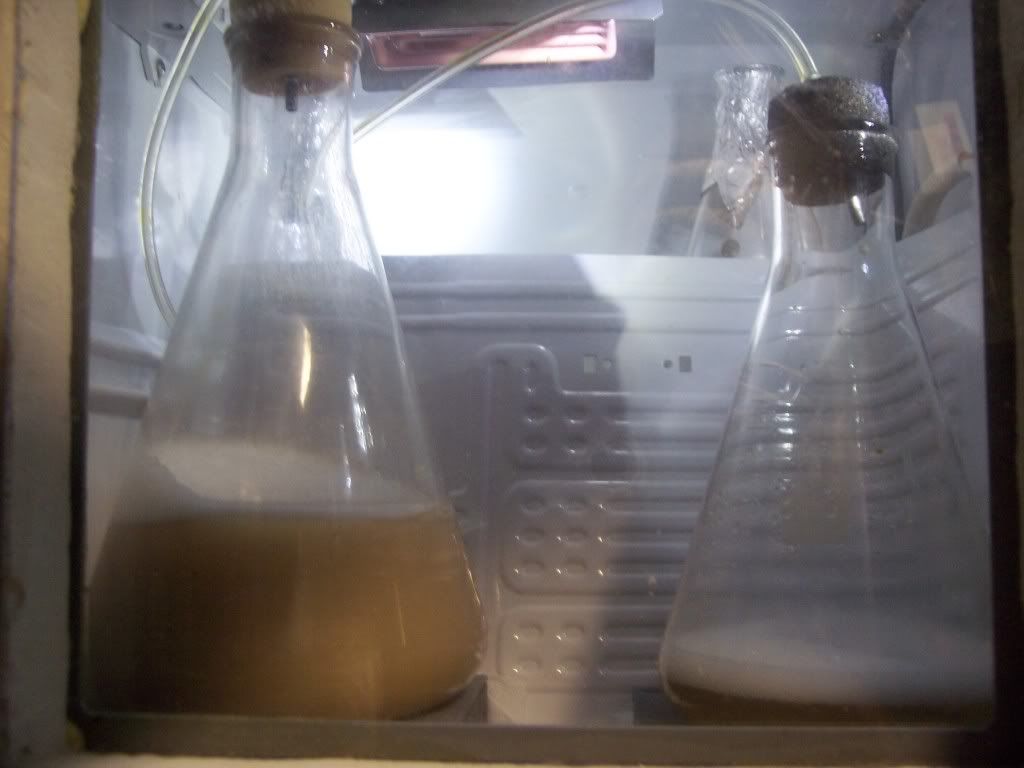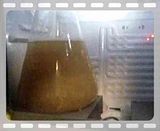EDIT: I made a separate thread for this experiment so that I don't derail this thread.
Please see my experiment thread and give feed back!
Ok, Check this experiment that I'm going to conduct on my next batch of beer in 2 weeks.
Controls
I'm going to make two (2) one liter starters.
Both are going to be made from the same amount of yeast (i.e., I'll get two vials or two packets of the yeast that I am going to use and pitch in the 1 liter starter).
I will hand shake/swirl each starter evenly and exactly (i.e., if I swirl one jar five times, then I will also swirl the other jar 5 times, no more no less).
I will let the yeast starter work for 72 hours.
Variables
One starter will have a 3 piece bubble lock.
One starter will not have a bubble lock but will only be covered in tinfoil.
After 72 hours I will check the levels of yeast in the starter. These levels will then indicate which method produces more yeast.
Ok, so how does that sound? I don't have a two stir plates so they cannot be a part of this experiment. Are there any suggestions as to how to make this experiment better?
Also, is there a good way to measure levels of yeast? How should I go about doing that?





